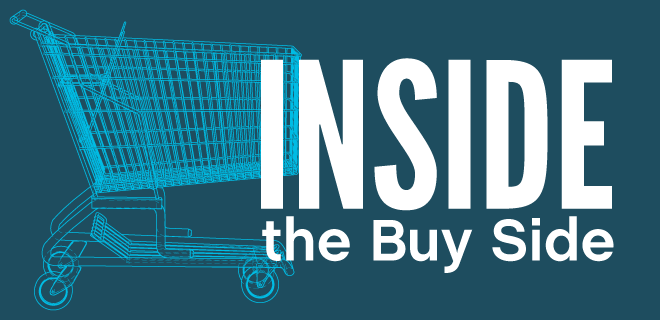
As advertisers grapple with the complexities of the open web, it’s time to rethink outdated perceptions. Discover how leveraging new technologies and consumer insights can unlock opportunities to create more meaningful connections. Here’s what brands need to know to stay ahead in the evolving digital landscape.
The open web has long been the entrance to the internet for consumers, serving as the domains outside the walled gardens of social networks or search engines. However, its perception has evolved in recent years, often framed in a good versus evil context by those battling for advertising dollars. On one side there are the small, but righteous actors who are keeping information free against those on the other side who feel that anything goes and crime and bad behavior rules.
Consumers Don’t Care About Walled Gardens, They Want Seamless Experiences
It’s a complicated situation where small businesses need to work together to get the scale and relevance of the big platforms, while the walled gardens keep growing by creating new closed systems with restricted access, edging the smaller players out. This has become such a clear issue that the original walled garden — Google — faces an advertising antitrust DOJ case this month.
The truth is that the perceptions of both sides are caricatures because they aren’t thinking about this problem from a consumer standpoint. In reality, consumers don’t distinguish between the content monetized by a platform’s first-party data or through cross-platform tools and technology. They just want a seamless experience.
AI and the Open Web: How Technology is Shaping Digital Engagement
This desire is evolving the open web as most envisage it, as consumers increasingly embrace digital technology to bring convenience into their lives. Today, even the most fundamental and sensitive parts of daily life such as healthcare and personal finance are increasingly happening digitally. The definition of the open web is made even more complicated with the advancement of AI to further that convenience with conversational robots transforming customer service, skills training, financial advice, and even therapy.
With a focus on experience, brands must understand how exactly they can effectively reach consumers who are interacting with these new technologies that add value. For instance, when interacting with an online bank or an AI assistant, consumers might be served an ad appearing next to the virtual agent, or the insights, recommendations, and support provided might include products and services that have paid to be integrated into the conversation. These could be the new sponsored links or content on websites.
The Future of Advertising: Winning by Embracing Innovation
In short, leveraging the open web to increase the perceived value of the inventory you happen to be selling, is missing a trick. There is a way to win in the open web, and those that will be successful are the companies shaping how advertising is received by consumers while removing friction and irrelevance. Those looking backward and fighting over the relative quality of decreasing volumes of traditional inventory will be left behind. Instead, they need to embrace new methods of reaching consumers, whether it be by utilizing new technologies or better using data to ensure that the ads consumers receive are relevant to their interests.
The open web does not need to be a battle among advertisers; instead, it’s time to embrace the opportunities that it presents to better connect with their target audiences.